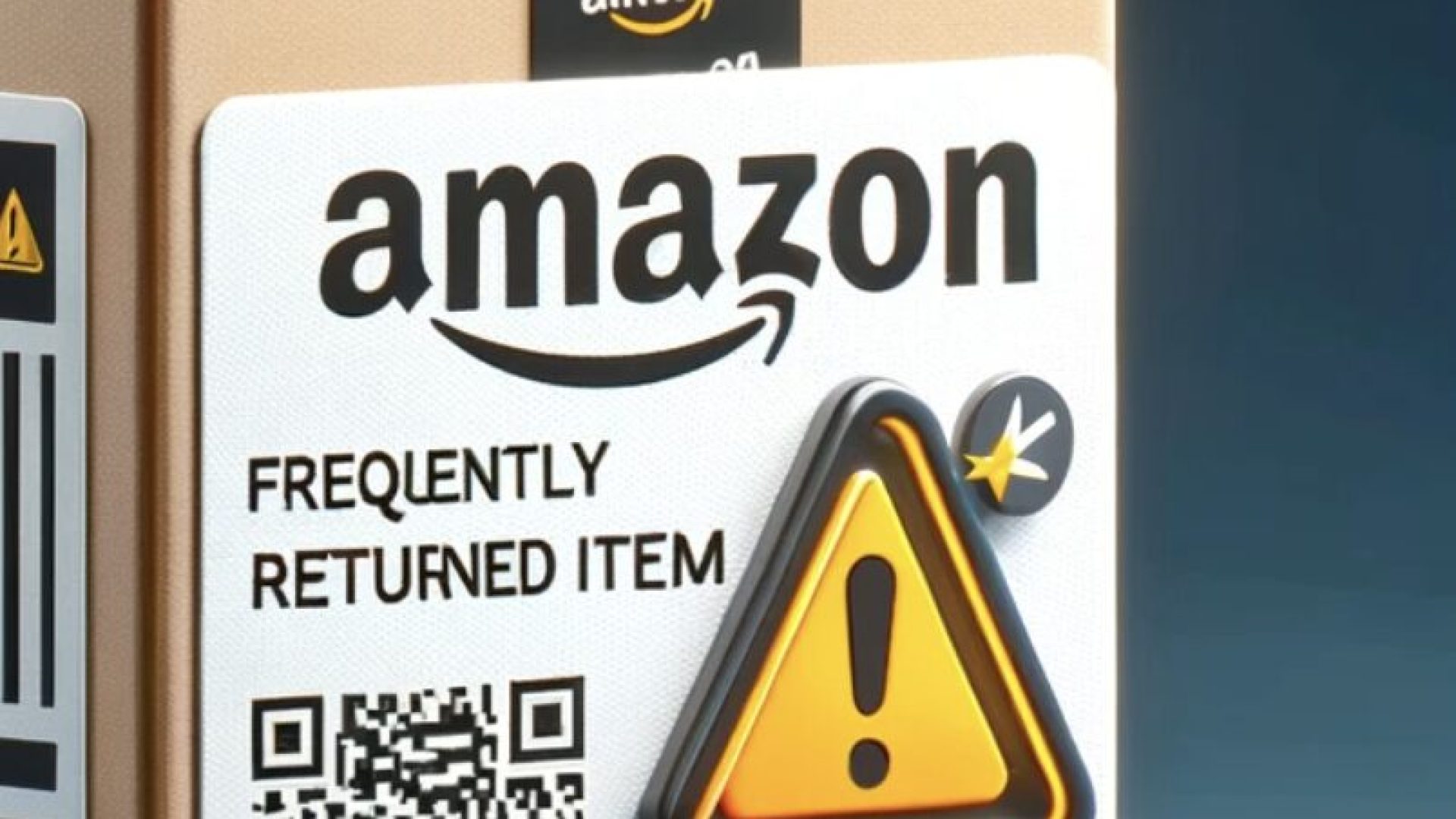Amazon, the e-commerce giant, continuously evolves its platform to enhance customer experience and trust. In a significant move, Amazon has introduced a new product tag labeled “Frequently Returned Item,” signifying products with higher return rates compared to others in their category. This development can have substantial implications for sellers on Amazon. This comprehensive guide delves into what the ‘Frequently Returned Item’ label means, its impact, and how sellers can effectively navigate this new challenge.
Understanding the ‘Frequently Returned Item’ Label
Amazon’s ‘Frequently Returned Item’ tag is a warning signal to buyers, indicating that a product has been returned more often than similar items in the same category. This label is automatically assigned based on Amazon’s internal data and algorithms.
Why It Matters
- Customer Trust: It directly influences customer perception and trust in a product.
- Sales Impact: A product tagged as frequently returned might see a decrease in sales due to apprehensive buyers.
- Seller Reputation: For sellers, this tag can impact their reputation and the overall performance of their storefront.
Comparison with Other Amazon Tags
Amazon features various tags like ‘Best Seller,’ ‘Amazon’s Choice,’ and now the ‘Frequently Returned Item.’ While tags like ‘Best Seller’ and ‘Amazon’s Choice’ serve as endorsements, boosting a product’s visibility and appeal, the ‘Frequently Returned Item’ label works conversely, potentially deterring customers.
How is the ‘Frequently Returned Item’ Tag Assigned?
Amazon’s algorithms analyze return rates and customer feedback to identify products with higher-than-average return rates. Factors contributing to this designation could include product quality issues, misleading product descriptions, or customer dissatisfaction.
The Impact on Sellers
1. Sales and Visibility
Products with this tag may experience a decrease in sales and lower visibility on the platform as potential buyers might be dissuaded.
2. Brand Image
The tag can negatively impact the brand image, leading to long-term repercussions beyond Amazon.
3. Competitive Disadvantage
Sellers with this tag on their products face a significant competitive disadvantage, particularly against products with positive endorsements.
Strategies for Responding to the ‘Frequently Returned Item’ Tag
1. Addressing Product Issues
Identify and resolve any quality issues with the product. This may involve improving the product or its packaging.
2. Enhancing Product Descriptions
Ensure that your product descriptions are accurate and detailed. Misleading information can often lead to returns.
3. Engaging with Customers
Reach out to customers who have returned the product to understand their reasons. Use this feedback to make necessary improvements.
4. Monitoring Return Reasons
Regularly review the reasons cited for returns and address any recurring themes or issues.
5. Improving Customer Service
Enhance your customer service to handle inquiries and issues proactively, potentially reducing the need for returns.
6. Revisiting Pricing Strategies
Consider if your pricing aligns with the perceived value of the product. Overpriced items may lead to higher return rates.
7. Requesting Removal of the Tag
Once improvements are made and return rates decrease, contact Amazon to review the product and possibly remove the tag.
Preventing the ‘Frequently Returned Item’ Label
- Quality Control: Implement stringent quality control measures to ensure product consistency and reliability.
- Customer Feedback Analysis: Regularly analyze customer feedback for insights into product performance and areas for improvement.
- Accurate Representations: Ensure all marketing materials, including images and descriptions, accurately represent the product.

The Broader Implications for eCommerce
This move by Amazon highlights the increasing importance of transparency and customer satisfaction in e-commerce. It serves as a reminder for sellers to prioritize product quality and accurate representation.
Long-term Strategies for Success on Amazon
- Continuous Product Improvement: Regularly revisit and improve your products based on customer feedback and market trends.
- Invest in Customer Experience: Focus on providing a superior customer experience, from the browsing phase to post-purchase support.
- Build a Strong Brand: Develop a strong brand reputation, both on and off Amazon, to foster customer loyalty and resilience against negative tags.
FAQs
Q: Can a ‘Frequently Returned Item’ tag be removed once assigned?
A: Yes, if improvements are made and return rates decrease, sellers can request Amazon to reassess the product for tag removal.
Q: How can I track my product’s return rate on Amazon?
A: Sellers can track return rates through Amazon Seller Central, which provides detailed reports and analytics.
Q: Should I stop selling a product if it receives this tag?
A: Not necessarily. First, try to address the underlying issues causing the high return rate. Stopping sales should be a last resort.
Q: How can I prevent my products from getting this tag?
A: Focus on product quality, accurate descriptions, and responsive customer service to minimize returns.


